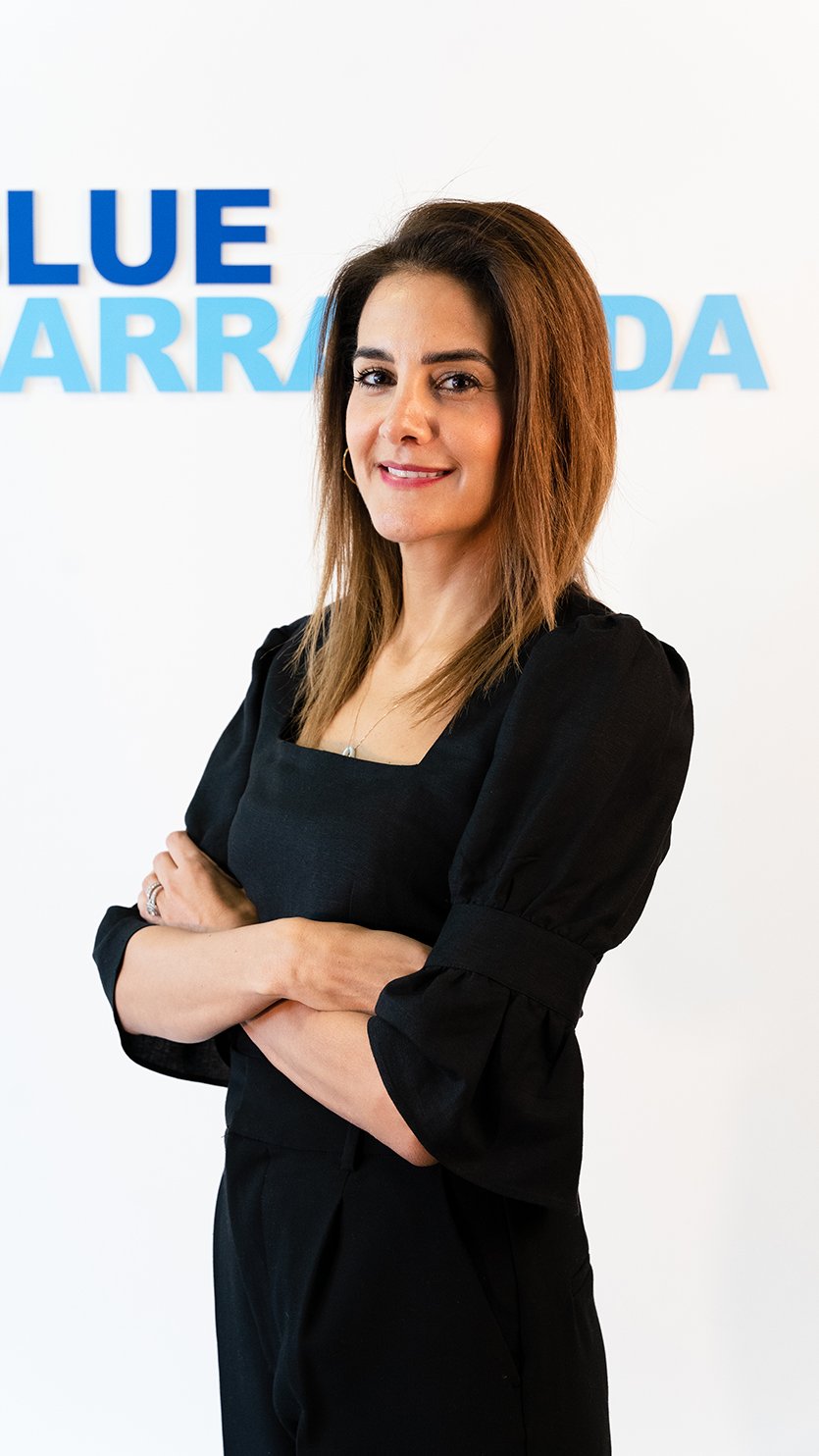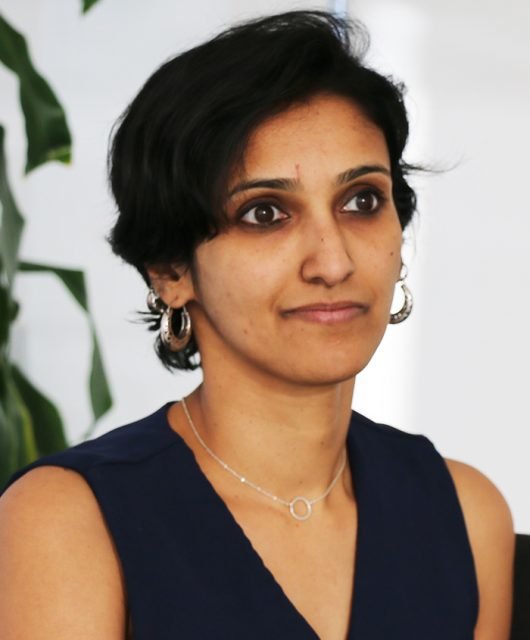Is The Metaverse Second Life’s Second coming?, By Blue Barracuda’s Dina Saadeh
When Second Life was created, in 2003, it was touted as a virtual world.’ The Metaverse is described as being an immersive virtual world. When Second Life existed, brands such as Adidas, Calvin Klein, Coca Cola, IBM and even Tesla set up shop. Today in the Metaverse, we are seeing these same brands take the first steps in exploring this ‘new’ space. In both places, you can explore, create, even shop.

You see where I am going with this?
All comparisons aside, the bets are on the Metaverse this time around. The change of behavior that resulted post WFH and SAH directives, starting in 2020, set the foundation for the Metaverse. Our lives became more ‘digital’ and less real.. We had meetings and school classes on Zoom. We worked-out and traveled virtually. We had limited contact with people. We invested in digital money and sought out NFTs.
It was the perfect storm. As our physical world got smaller, our virtual world got bigger.
Back in 2007, in the precursor to Blue Barracuda, we were laying the foundations, with an Islamic bank, to bring it into Second Life. Facebook had just opened its walls to the masses, apps were not around yet, Skype was in its infancy. As you can imagine hesitancy overcame possibility, there were too many unknowns making the move highly risky, and the project never saw the light of day. As our digital habits have changed and digital consumption has become the norm, acceptance of a virtual world is more digestible. I guarantee if this same bank came to us today, we would be setting shop in the Metaverse. Success, sometimes/always? – is all about timing. Often you can’t go from 0 to 100 directly, you need to first pass 20, 60 and then maybe you can hit the 100 mark.
I would say, the 20Kmph mark was probably the use of social media as an advertising channel and the 60-mark was the introduction of Augmented Reality. Digital became a medium accessible by everyone and brands were, and still are, using it to create dialogues with their consumers. It allows us to gather information on our customers wants and needs, and then in an ideal situation, feedback to the brand to better improve its customer service, even maybe influence a new product SKU. The Metaverse can take this one additional step further – imagine being able to experience a product or service in the virtual world and bring that learning into the real world. For those brands taking the plunge, the success is going to be based on how they seamlessly merge the two experiences.
The UAE is a great place for Metaverse experimentation. In a city notorious for its superlatives, we are seeing the first ever restaurant enter, Emirates is launching with incredible experiences, real-estate developers are building full-fledged cities and the list goes on. And to regulate all of this, Dubai is launching the world’s first virtual regulatory authority, a sign of their confidence.
Is the Metaverse here to stay? I don’t think I have the clearest answer, although many signs are positive. The Metaverse is a more modern expression of Second Life, but whether or not it’s the second coming, we’ll have to wait and see.





